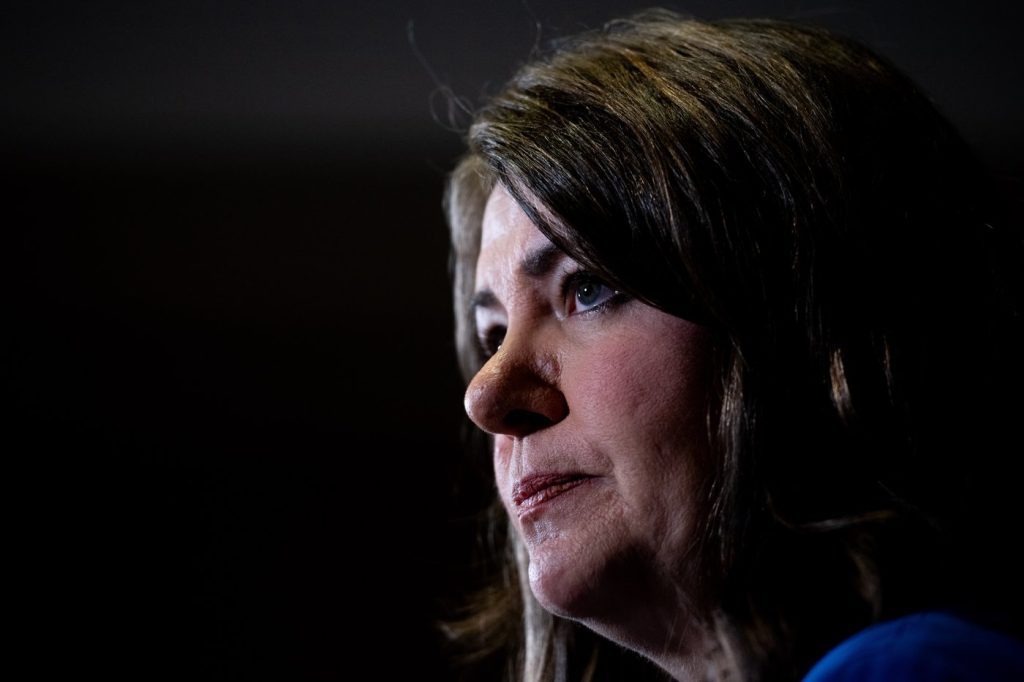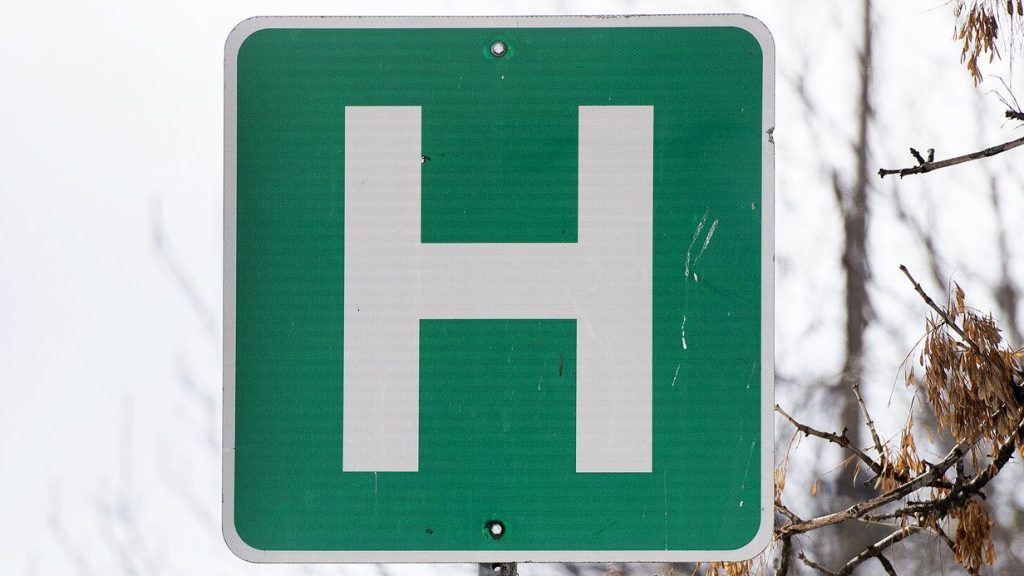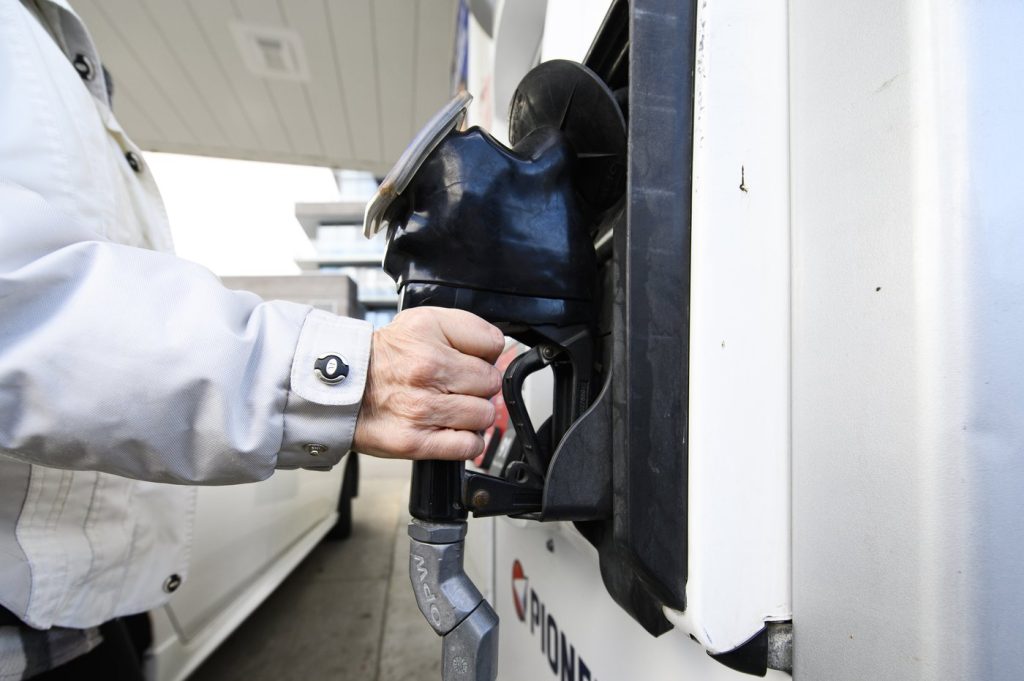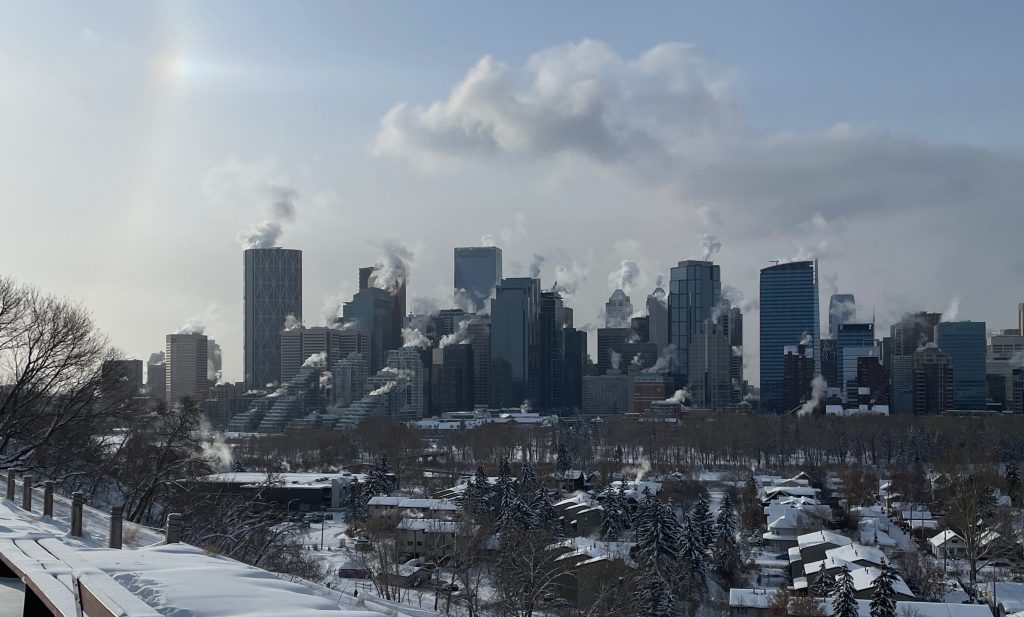Smoky haze unlikely to improve soon; expert says conditions indicative of climate change

Posted Jul 19, 2021 12:43 pm.
Last Updated Jul 20, 2021 6:28 am.
CALGARY – No end in sight to the haze around Calgary as several wildfires continue to burn in B.C., Manitoba, Saskatchewan, and some states south of the border.
Experts say there’s a greater risk of those wildfires in certain areas due to several conditions including climate change.
Smoke continues to envelop the city as wildfires burn in B.C. and in the states. Air quality sits at a 7 but relief could be coming as soon as Wednesday. #yyc #calgary @660NEWS @citynewscalgary pic.twitter.com/pej6tpPZFg
— Nick Blakeney (@CameraGuyNick) July 19, 2021
“It looks like we’re going to be dealing with the smoke for quite a while over the next week or even two,” said Kyle Fougere, a meteorologist with Environment Canada.
He explains last week the smoke in Calgary was from the wildfires in British Columbia, but over the weekend, we’ve started to see a shift.
The smoke is mostly coming from northern Saskatchewan now.
“Unfortunately, there’s no clear end in sight,” he said.
“We are going to have a couple of systems that are going go through the province this week that could shift the wind direction and could help to mitigate the smoke a little bit.”
RELATED STORIES:
-
Calgary suffering from wildfire smoke as air quality levels worsen
-
B.C. says accommodations for wildfire evacuees are filling up as evacuations continue
-
Dangerous conditions complicate wildfire fight in western US
He says there’s a strong link between climate change and increased wildfire activity, pointing out on average we’re likely to see more fires and smokier conditions each year.
Fougere says usually Calgary doesn’t get smoky until later in the summer, often around August, but this year it’s happened earlier than normal.
“As our climate changes and we are seeing warming, we are seeing an increase in conditions that can create wildfires, such as dry fuels, more lightning, and more dry, windy weather. So, there is a strong linkage between climate change and increased wildfire activity,” he explained.
“We’re not going to see really poor fire conditions every year–on average we’ll likely still see an increase, but there will still be some years that are colder than normal, rainier than normal. But on average it is likely we will see more fires as our climate does warm and smokier conditions.”
RELATED STORIES:
-
Fire ban issued for Calgary
-
Wildfire evacuation order, alerts in B.C., but showers in forecast for some areas
-
Erratic Oregon wildfire destroys dozens of homes, expands
Fougere says the early heatwave in B.C. and Alberta created prime burning conditions that have now amplified the wildfire season.
“Year to year you can see these [weather] systems set up, and with climate change you are more likely to see these dry conditions, windy conditions that can result in forest fires and that can also trap the smoke in Alberta,” he said
“Unfortunately we are seeing that this year and it’s possible that in the future we could e seeing more seasons like this.”
Air quality statement still in effect
A special air quality statement remains in place from Environment Canada, warning of the health impacts the smoke could have.
The alert from the weather agency says people may experience symptoms such as increased coughing, throat irritation, headaches, or shortness of breath.
Kids, seniors, and anyone with respiratory issues are especially at risk.
“People with lung diseases, such as asthma and COPD, can be particularly sensitive to air pollution. They will generally experience more serious health effects at lower levels. Pollution can aggravate their diseases, leading to increased medication use, doctor and emergency room visits, and hospital visits,” reads the statement.
RELATED: Fort Mac wildfire crews have lung damage similar to 9/11 firefighters: study
“If you or those in your care are exposed to wildfire smoke, consider taking extra precautions to reduce your exposure.”
The statement also warns that the smoke can cause reduced visibility in and around the city.








